Tapirs are large, mammalian herbivores. There are five species: Baird’s, Brazilian, Kabomani, Malayan, and the mountain tapir). Four are present in South and Central America, whereas the Kabomani, which is also the smallest species, is found in Asia. All are similar in appearance to pigs, but have a short, prehensile snout (proboscis), which allows them to grasp foliage from low hanging trees. Read on to learn more about the tapir.
Description of Tapirs
Brazilian tapirs have the shortest proboscis, whereas Malayan tapirs have the longest. Tapirs have prominent rumps with short, stubby tails, rounded oval ears with white tips, and a thick hide. They are generally considered to have poor eyesight, and therefore use their acute hearing and keen sense of smell to detect predators, food, and other tapirs.
Despite their pig-like appearance, tapirs belong to the order Perissodactyla (odd-toed ungulates), and are closely related to horses, and most closely to rhinos. Tapirs have hooved toes which are splayed; they have three toes on the hind feet, and four on the front. This arrangement of the toes helps them to walk on soft, muddy banks around rivers and lakes.
The tapir babies and young have reddish-brown coats with beige stripes and spots to help in cryptic camouflage. These juvenile markings are lost at between 4 and 7 months of age.
Male tapirs are known as “bulls,” females as “cows,” and the baby is a “calf.” Tapirs are considered to be the most primitive large mammals in the world. It is thought their body shape has changed little over the past 35 million years, though the prehensile snout probably did not evolve until the last few million years.
Interesting Facts About Tapirs
Tapirs live in habitats that change very slowly. As a consequence, they have evolved several characteristics that make them stand out as a very unusual species. They spend much of their time in the water, or on wet, muddy banks, which means they have adapted in several unusual ways.
- Collective Noun – The name for a group of tapirs is a “candle”.
- World Tapir Day – April 27 each year.
- Proboscis – They use their proboscis as a snorkel when they are underwater.
- Recent Discovery – The Kabomani tapir was discovered as recently as 2013.
- Meaning of the Name – The word “tapir” is derived from a native Brazilian language meaning “thick,” referring to the animal’s skin.
- Feeding Method – Tapirs feed on underwater vegetation, sometimes sinking to the bottom, and walking along the riverbed to gather their food.
Habitat of Tapirs
Most tapir species inhabit lowland grasslands or tropical rainforests, and other forest regions that remain almost permanently damp. The mountain tapir is found in the high forests of the Andes. All tapirs are good swimmers, and they spend long periods of time in rivers and lakes.
Distribution of Tapirs
- Baird’s tapir, Tapirus bairdi: Found in Central America, and northern parts of South America.
- Brazilian tapir (also known as the South American or lowland tapir), Tapirus terrestris: Usually lives close to water in the Amazon rainforest.
- Kabomani tapir (also known as the little black tapir), Tapirus kabomani: The smallest tapir species, is also found in the Amazon rainforest.
- Malayan tapir (also known as the Asian Tapir), Tapirus indicus: The largest of the tapir species, and the only species found in Asia, is typically found in the tropical forests of South East Asia.
- Mountain tapir, Tapirus pinchaque: Found in the high forests of the Andes.
Diet of Tapirs
The favorite diet of tapirs typically consists of berries, fruits, shoots, and aquatic plants; but their diet also includes a wide range of understory grasses, plants, branches, twigs, leaves, and buds. Tapirs can consume up to 85 lb (40 kg) of vegetation in 24 hours.
Behavior of Tapirs
Tapirs often live in dryland forests, but use water sources a great deal. They spend much of their time in the water to avoid predators, and to help regulate their body temperatures. While underwater, tapirs allow fish to pick parasites from their skin. Mud wallows further aid temperature regulation, and provide a means of ridding themselves of insects and other parasites.
When moving about, tapirs frequently follow well-trodden pathways which, in thick brush, can become tunnels of a sort. These pathways, having been created by other tapirs, usually lead to preferred water sources and feeding areas.
Males are thought to mark their home range by spraying urine onto vegetation, though there is no evidence of territoriality. These home ranges are small – about 4.6 sq miles (12 sq km) – and females may range over greater areas. Tapirs are primarily solitary, usually coming together only for breeding, and when a mother cares for her young. In addition to urine marking, tapirs advertise their presence in an area with loud high-pitched squeaks, shrills, and whistles.
Reproduction of Tapirs
Copulation can occur on land or in the water, and may happen multiple times between a pair. Tapirs often show “flehmen,” a behavior in which the head is raised, the proboscis curled back, and air sucked into the mouth to assess the mating receptivity of another tapir. Mating usually happens during the cooler months of May and June. The gestation period lasts over a year, and the female usually gives birth to only one young, which weighs approximately 22 lb (10 kg).
A tapir calf can stand up within a couple of hours of birth, and will be weaned at 6 to 7 months of age. It will then be almost fully grown, though some take 18 months to reach their full size. Tapirs reach sexual maturity between 3 and 5 years of age, with females reaching maturity earlier than males. A female can breed and have calves once every two years if she is in good health, and environmental conditions are favorable. The youngsters leave the mother’s protection after 2 to 3 years.
Tapirs and Human Interaction
All tapir species are classified as endangered, threatened, or vulnerable, primarily due to habitat loss, and being hunted for their meat and skin.
Domestication
There are some reports that tapirs have been domesticated, but not tamed, in some jungle areas.
Do Tapirs Make a Good Pet
There are reports that tapirs are sometimes traded through zoos to be kept in private collections. Although tapirs are generally very shy, and protect themselves by running away and hiding, they can be aggressive. There have been several reports of humans being attacked by tapirs, both in ,zoos and in the wild. Tapirs are not typically kept as pets, though there are reports they have been domesticated in some places.
Tapir Care
Tapir care is often focused on giving them conditions that approximate the forests they usually inhabit. For example, humidity levels should be kept above 50%, and an indoor pool should be provided. Floor temperatures should also be regulated in cooler seasons. Indoor temperatures should be kept between 65-85° F (18-29° C).

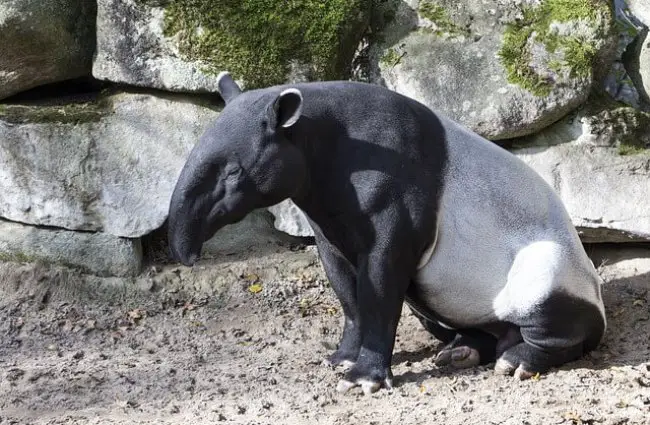
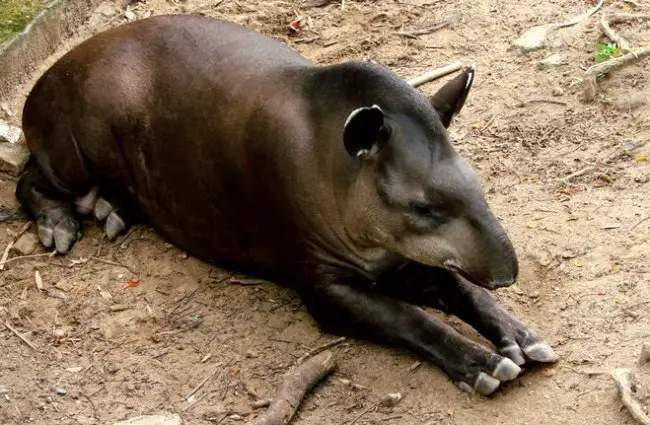
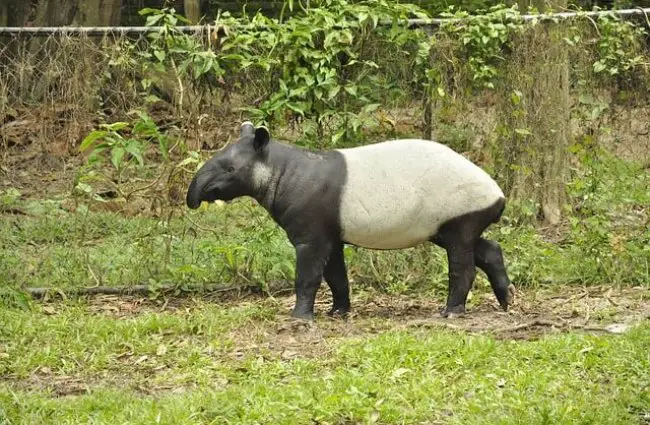
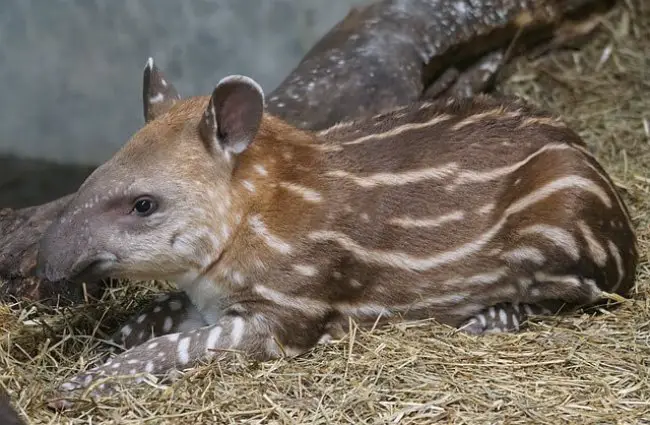



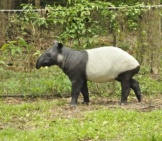












![Red Angus Closeup of a beautiful Red Angus cowPhoto by: U.S. Department of Agriculture [pubic domain]https://creativecommons.org/licenses/by/2.0/](https://animals.net/wp-content/uploads/2020/03/Red-Angus-4-100x75.jpg)

